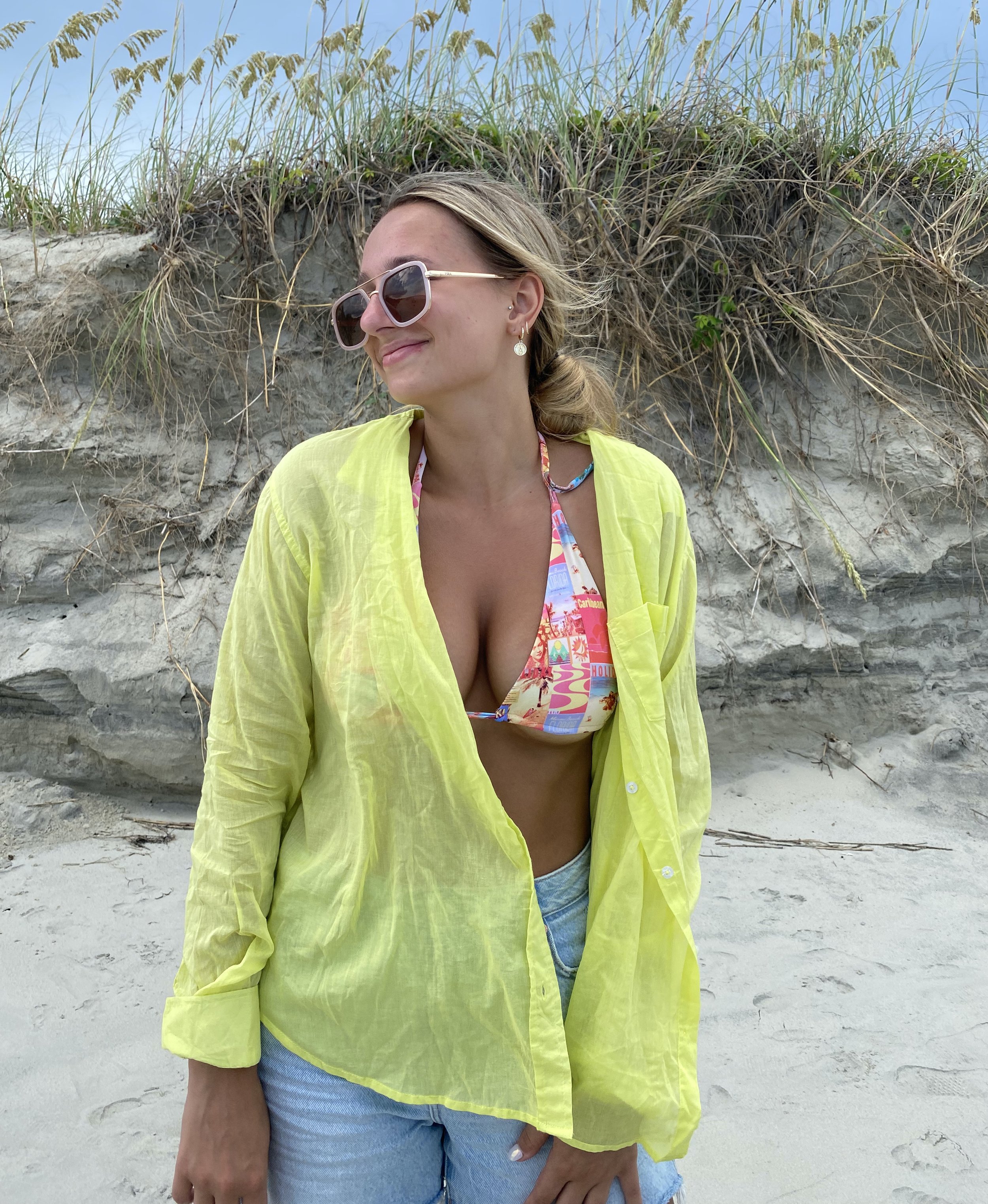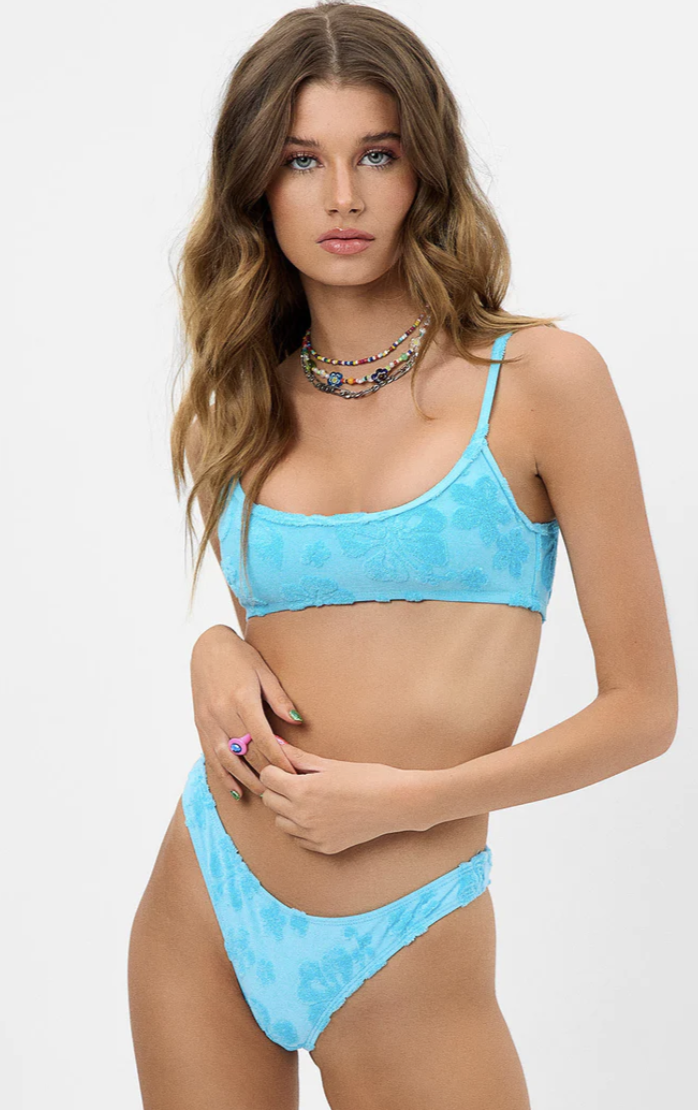The History of Swimwear
The History of Swimwear
By: Claire Watkiss
With summer in full swing, pool days and beach vacations can become your very own fashion show. Swimwear is a vital part of one’s wardrobe during the warmer months. Big name brands such as Frankie’s Bikinis and Monday Swimwear surprise consumers each and every summer with striking new prints, patterns, and fabrics. The history of swimwear is a long and interesting one. From bathing costumes to bikinis, it is easy to be left wondering: how did swimwear get to be what it is today?
In ancient times, people went nude when they went swimming. As swimming was less recreational, and more for the practical purpose of bathing, bathhouses in places like Pompeii opted against clothing while in the waterways.
Modesty took over in the 1800s when European women started sporting “bathing costumes.” These were long, flowy dresses, usually made out of wool, canvas, or flannel, that drew the eyes away from the women’s curves and focused more on the fabric floating in the water. Next came “bloomer swimsuits,” which consisted of a loose-fitting pant, causing striking discussion among many since pants were solely worn by males at the time. “Later-bloomer” swimsuits were the next variation, showing a bit more leg, and offering designs in lighter fabrics and more colorful prints.
It wasn't until 1907 when Annette Kellerman wore a one-piece swimsuit on Revere Beach and was arrested for indecency that women began to rebel and embrace this new style of swimwear. Because of Kellerman, the 1920’s and 30’s saw the one-piece take the swimwear world by storm. Swimming became viewed as a real sport, and the one-piece was a comfortable, sleek, and functional option. Then came the ruffles, pockets, and thinner straps which added a fashionable element to this style.
In 1946 we finally got to the bikini. The bikini got its name from Louis Réard after nuclear tests were conducted on the Bikini Atoll islands. He believed this new, more revealing style would be just as shocking as the actual bombs going off, and he was correct. Nylon and latex were used to construct the bikinis, and fun prints, patterns, bows, and frills were used to popularize the garment around the world.
Both the one piece and bikini have been around for decades now, and big swimwear brands continue to take these classic styles to the next level. This summer, brands such as Frankie’s have experimented with new fabrics like terry cloth. Clothing trends from this year have carried over into the swimsuit industry as well. Cutouts and straps are all the rage, and both one piece swimsuits and bikinis have seen these features added this season. The brand Same Los Angeles tried out a layered bikini that had people turning heads. For a steep price of $205 you can achieve this colorful and stylish look.
Swimwear has evolved from necessity into a fashion staple over the centuries, with the industry changing as society’s values and preferences progressed. With more styles, materials, and brands offered in the swimsuit market than ever, there has never been a better time to try something new. After all, if it were not for personal innovation, bathing costumes may have still been all the rage this year.
For more fashion history and tips, make sure to keep up with us on Instagram and online at umsquaremagazine.com!
All photos belong to their respective owners.







